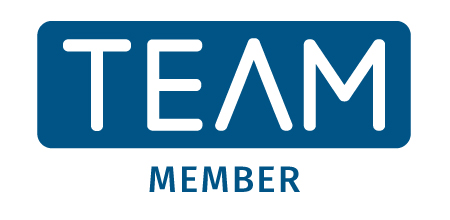Hiring in a candidate-driven market
After a seismic 18 months which has seen over 800,000 people lose their jobs, it could be easy to imagine that the employer – not the candidate – is very much in the driving seat.
In the very early days of COVID, when economic uncertainty crept into almost every industry, that was definitely the case.
Businesses put the brakes on recruitment, and the market was saturated with high-quality candidates who’d been furloughed or made redundant. When companies did recruit, they had a deep talent pool to draw from and could be extremely selective.
Yet this year, as the economy begins to bounce back and recruitment volumes return to pre-pandemic levels, the opposite has happened. Once again, it’s candidates who are in control.
Businesses in a candidate-driven market may quickly hit a brick wall with recruitment.
High-calibre, experienced job hunters in skills-short and recovering sectors can often command the salary, benefits and working environment they want.
Many candidates are even contemplating several job offers at once, all while being increasingly incentivised to stay on with their current employers. They may ultimately decide that leaving their existing job is too great a risk, further adding to the dwindling talent pool.
Businesses who don’t have a competitive edge – those who insist on a full time return to the office for jobs where being in the office full time isn’t essential, or who have kept their salary structure static for the past few years, for instance – have very little chance of attracting quality staff.
If you’re currently recruiting and struggling to find candidates with the right level of skills and experience, here are 4 things to consider:
#1. KEEP YOUR TOP TALENT
Even if you have several new roles to fill, don’t forget to keep your high-calibre staff on board.
This is a market in which they could easily be lured away, and if you want to keep your recruitment costs down and your staff turnover low, your offering must be unbeatable.
Are your salaries competitive or much lower than other firms in your sector? Do you provide regular training opportunities? How do you come across online? Do you have a good working culture? And, crucially, do your team have the flexibility to be in the office or at home to fit their lifestyle?
#2. BE PRO-ACTIVE
It isn’t enough to put a job advert on Reed or Indeed and hope the best people will come to you; you’ll also need to go out and find them.
Look at CVs on job sites that fit your criteria; lots of candidates listed on job sites aren’t actively job-hunting, so making a direct approach could pay off.
#3. MOVE QUICKLY
If your company has a particularly lengthy recruitment process, you may find you’ve lost your ideal candidate before you even get to second interview stage.
Research has shown that candidates tend to accept the first solid job offer they receive. Don’t give faster-moving competitors the chance to snatch them from under your nose.
#4. SELL YOURSELF
Don’t assume that a candidate really wants to work for you, purely because they’ve applied; this is where a lot of businesses fall down.
The interview isn’t just about the job role and what the candidate can bring to it – it’s an opportunity to get them excited about the prospect of joining you.
Open an honest dialogue about their wants and needs so you can address any barriers at that stage – otherwise you may risk being ghosted after the interview.
A&D Recruitment are specialists in recruitment for the renewable energy and building services industries. For more tips, visit our blog section or contact us today for a friendly, informal chat about how A&D Recruitment could help you fill your next role.
Trackback from your site.

A&D Insights | How to Deal with the Recruiting Ghosting Problem
| #
[…] Let’s start with a candidates’ perspective. Many employers don’t appreciate that we’re in a candidate-driven market right now. During the pandemic, work life balance became a huge theme, and savvy employers quickly realised that they’d have to go above and beyond to attract new talent. […]